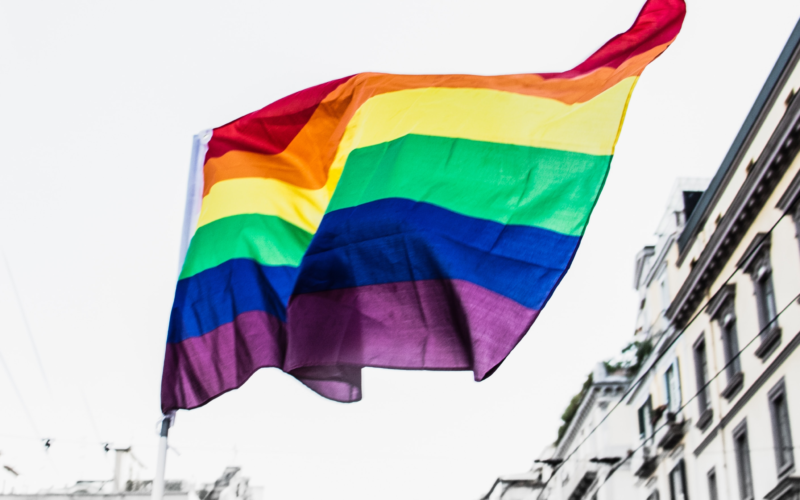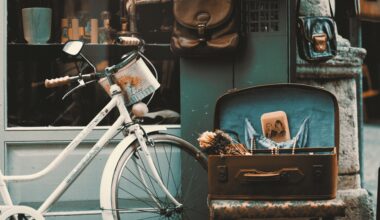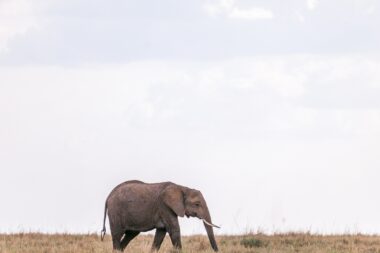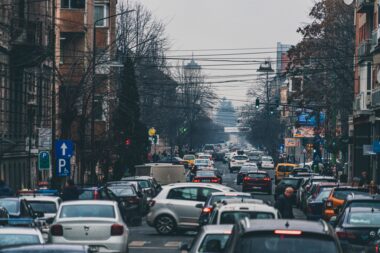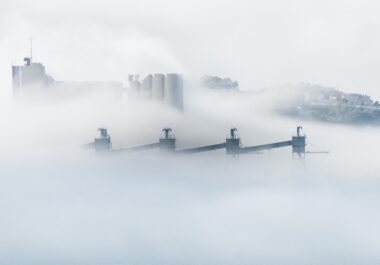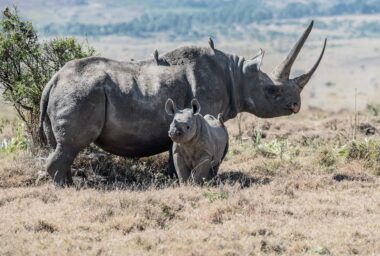June is Pride Month across much of Canada. In recognition of the disproportionate impact of climate change on underrepresented communities, and in celebration of those in the LGBTQ2S+ community fighting against social and environmental injustices, we’ve gathered a list of 5 intersectional environmentalists you really should know about.
What is Intersectional Environmentalism?
Intersectionality isn’t new, and as a concept was practiced well before there was a name for it. In Boston in 1974 an intersectional group of Black lesbian women formed The Combahee River Collective (CRC) and later the Combahee River Collective Statement laying the groundwork for Black feminism today.
The term “intersectionality” was first brought into the public sphere in 1989 by Kimberle Crenshaw in her paper “Demarginalizing the Intersection of Race and Sex”. She wrote that by treating race and gender as mutually exclusive categories, specific challenges that face Black women as a group would be ignored. By 2015, “intersectionality” made it mainstream and was added to the Oxford English Dictionary.
The term “intersectional environmentalism” originated in 2020 by Leah Thomas (@greengirlleah) in response to the murders of George Floyd, Breonna Taylor, and Ahmaud Arbery in the United States. Leah called on her community of environmental activists to stand in solidarity with the Black Lives Matter movement and with Black, Indigenous + POC communities and to advocate for the protection of people and the planet. In her viral post she defined intersectional environmentalism as “an inclusive version of environmentalism that advocates for both the protection of people and the planet. It identifies the ways in which injustices happening to marginalized communities and the earth are interconnected.”
Environmentalism And The LGBTQ2S+ Community
The intersectionality of social and environmental issues has always been an intrinsic part of the LGBTQ2S+ community. Gender and racial minorities are more likely to experience environmental hardships.
LGBTQ2S+ Canadians earn 32% less than their non-LGBTQ2S+ counterparts with 41% having a total personal income of less $20,000 per year. They’re also twice as likely to experience some type of homelessness or housing insecurity. Between rising sea levels and toxic pollutants, the increasing impacts of climate change leave lower income groups more vulnerable than ever.
But despite facing challenges on multiple fronts, numerous polls and studies show environmentalism, anti-corporate and anti-war movements as being more pronounced in the LGBTQ2S+ community than non-LGBTQ2S+ communities. The green stripe of the pride flag even represents nature, both in terms of support for the environment and in sexual and gender identities being natural.
5 LGBTQ2S+ Climate Activists You Need To Know
Ok, time to be inspired, learn about and start following the amazing work of these 5 intersectional environmentalists.
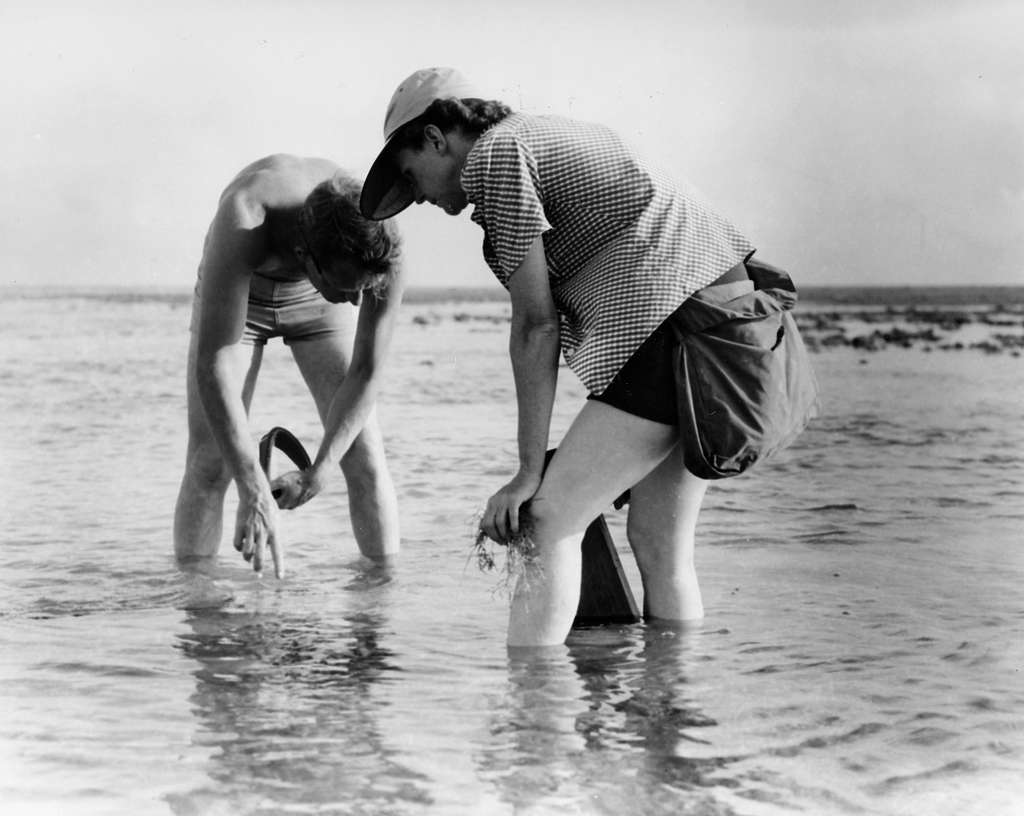
1. Rachel Carson
(1907-1964)
Born in Pennsylvania, United States in 1907, Rachel Carson was a marine biologist, conservationist and nature writer. Her works, including her most famous book “Silent Spring”, (1962) are noted for advancing the global environmental movement and the creation of the U.S. Environmental Protection Agency.”Silent Spring” documented the effects of pesticides on natural habitats in the United States, ultimately leading to a ban on DDT and other pesticides.
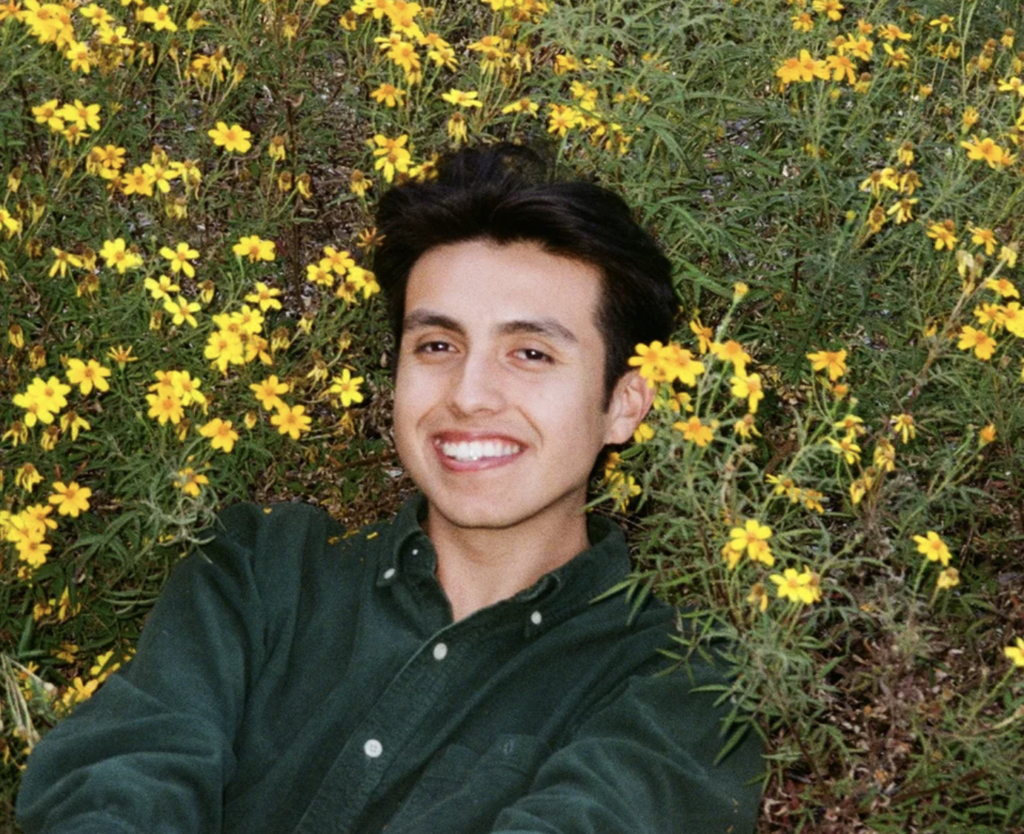
2. Isaias Hernandez (he/they)
Website: https://queerbrownvegan.com/
Instagram: https://www.instagram.com/queerbrownvegan/
Isaias Hernandez is an Environmental Educator and creator of QueerBrownVegan. Born in California, Isaias grew up in a community directly facing environmental injustice. Learning firsthand the ways pollution affected his body and community, he uses his platform to help everyone educate themselves on the intersectional nature of the climate crisis.
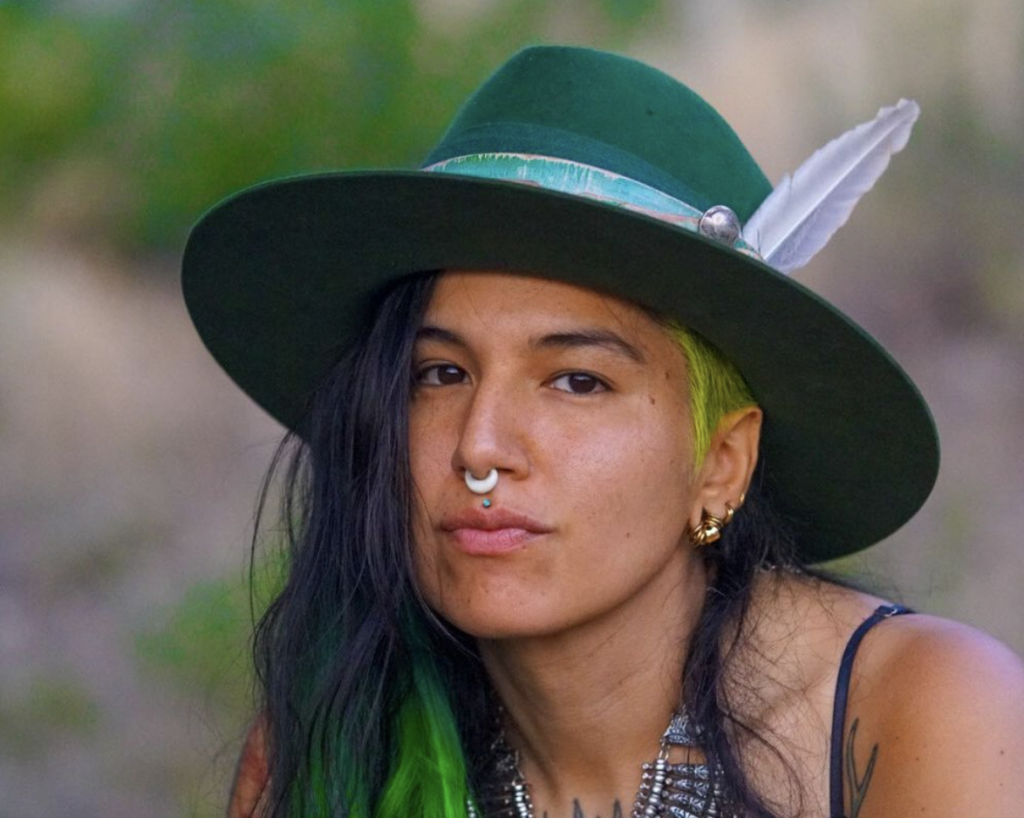
3. Pınar Sinopoulos-Lloyd (they/them)
Website: https://www.queernature.org/
Instagram: https://www.instagram.com/queernature/
Pınar is an award-winning, non-binary, Indigenous eco-philosopher, futurist and co-founder of Queer Nature. Based in Colorado, United States, Queer Nature runs nature education and skills programs for the LGBTQ2S+ community and its allies. Pınar is also the founder of @indigequeers; founding Council Member of Intersectional Environmentalist; trans ambassador of Native Womens Wilderness; and a founding member of Diversify Outdoors coalition.
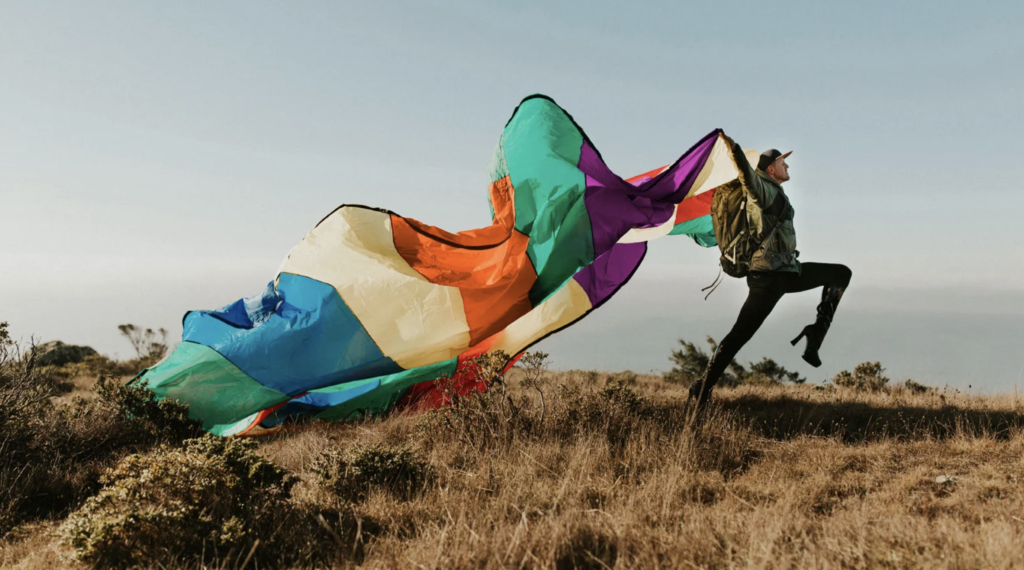
4. Pattie Gonia (they/she/he)
Instagram: https://www.instagram.com/pattiegonia/?hl=en
Pattie Gonia, is a drag queen, and an environmental and LGBTQ2S+ activist originally from Nebraska, United States. Deriving their name from the outdoor brand Patagonia, Pattie Gonia’s activism focuses on promoting awareness of climate changes and acceptance of queer identities in outdoor and environmentalist communities. Known for their iconic drag in nature imagery, Pattie Gonia regularly organises hikes and outdoor events for the LGBTQ2S+ community. In 2022, they co-founded The Outdoorist Oath, an environmental education based non-profit.
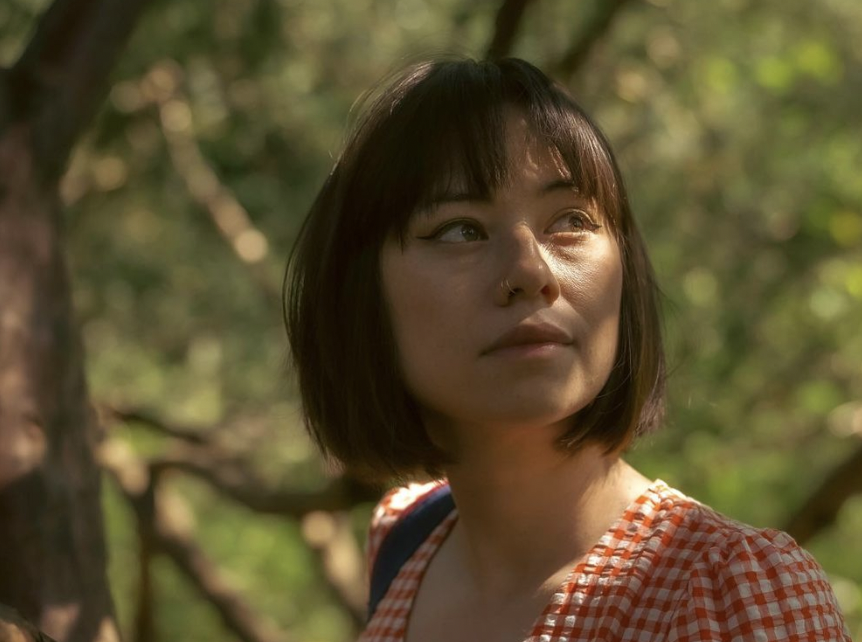
5. Tori Tsui (she/they)
Website: https://www.toritsui.com/
Instagram: https://www.instagram.com/toritsui_/
Originally from Hong Kong, Tori Tsui is a climate justice activist, speaker and author based in Bristol, United Kingdom. She’s the co-founder of Bad Activist Collective and author of “It’s Not Just You: How to Navigate Eco-Anxiety and the Climate Crisis”, helping others connect on environmental issues and deal with climate doomism.
Sustayn is designed to present the most useful recommendations for environmentally friendly approaches and items. We update links when possible, but note that links can be broken and subject to change.
